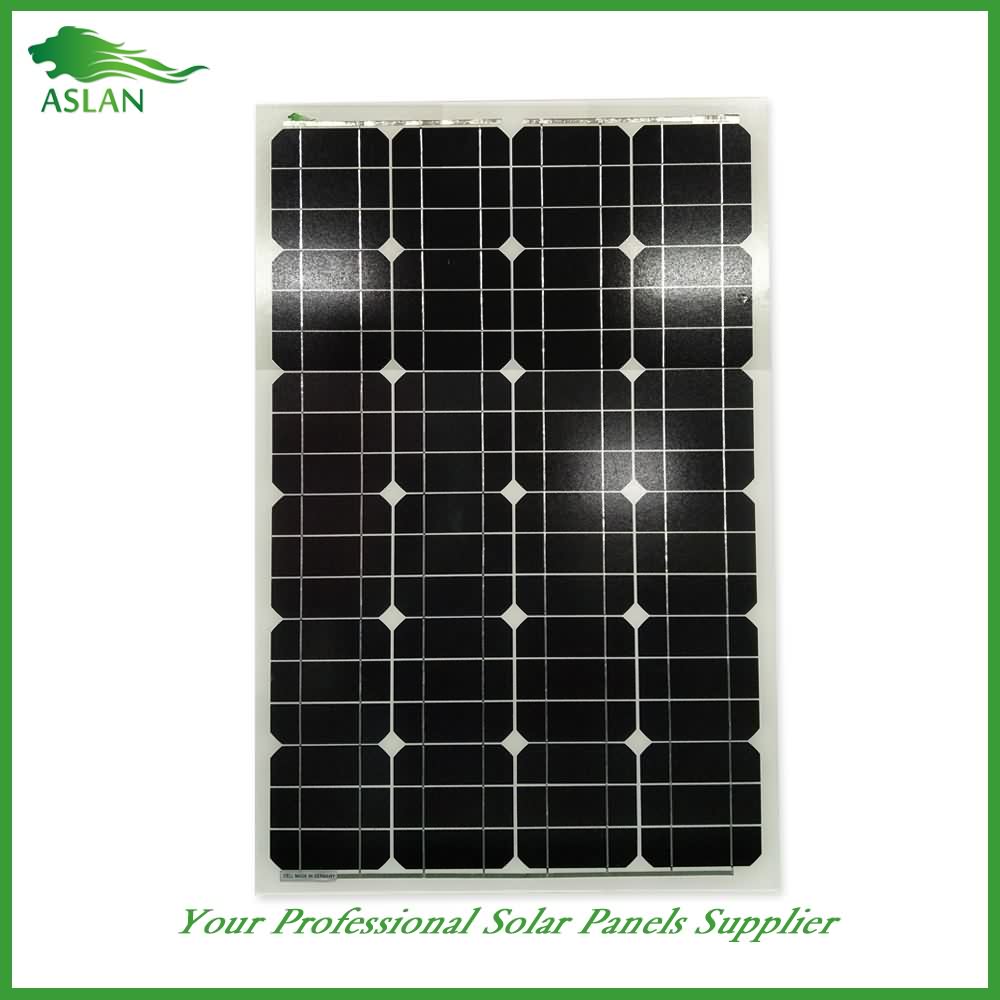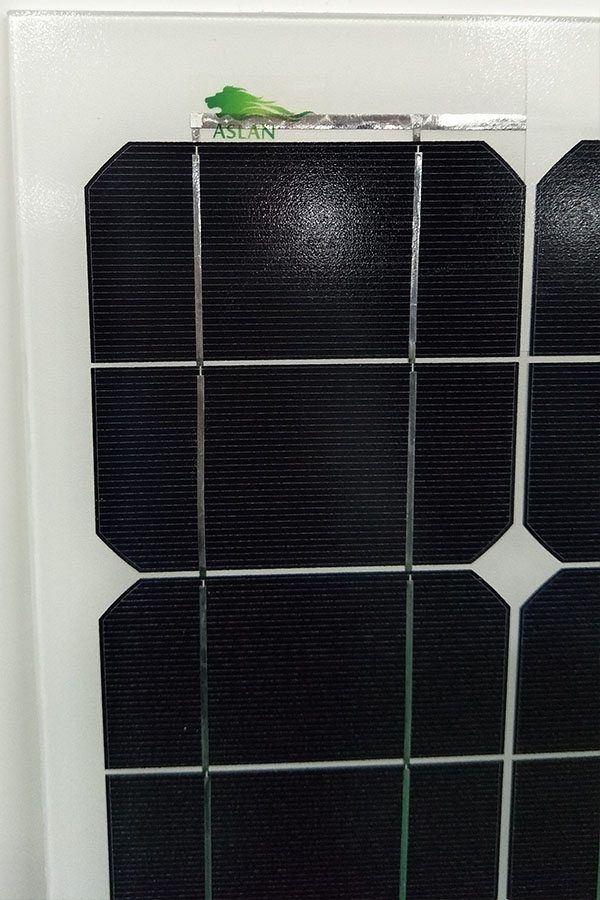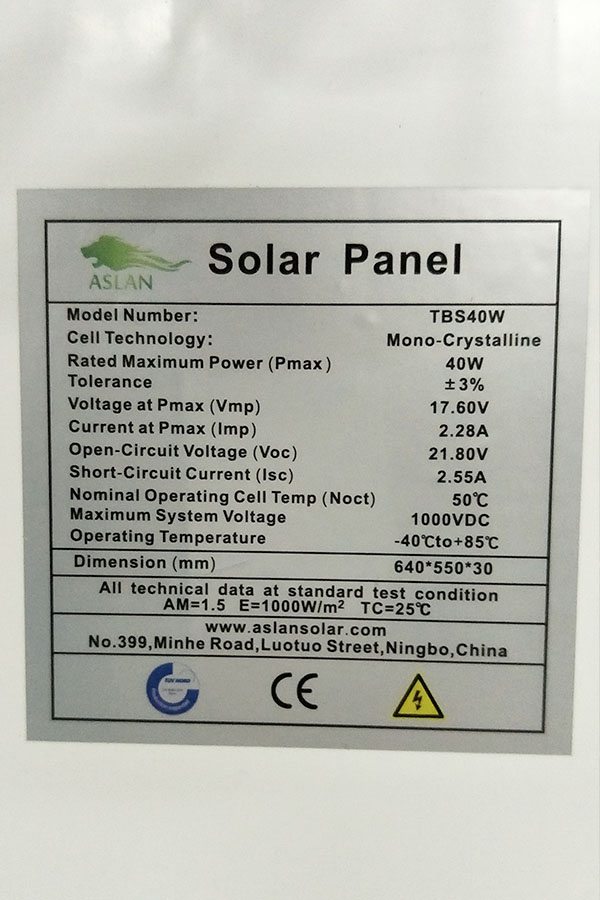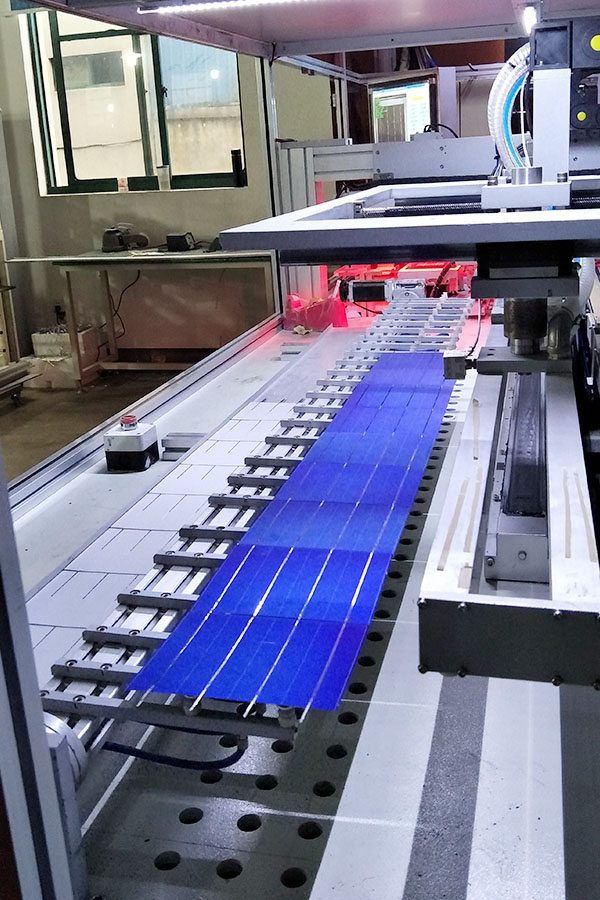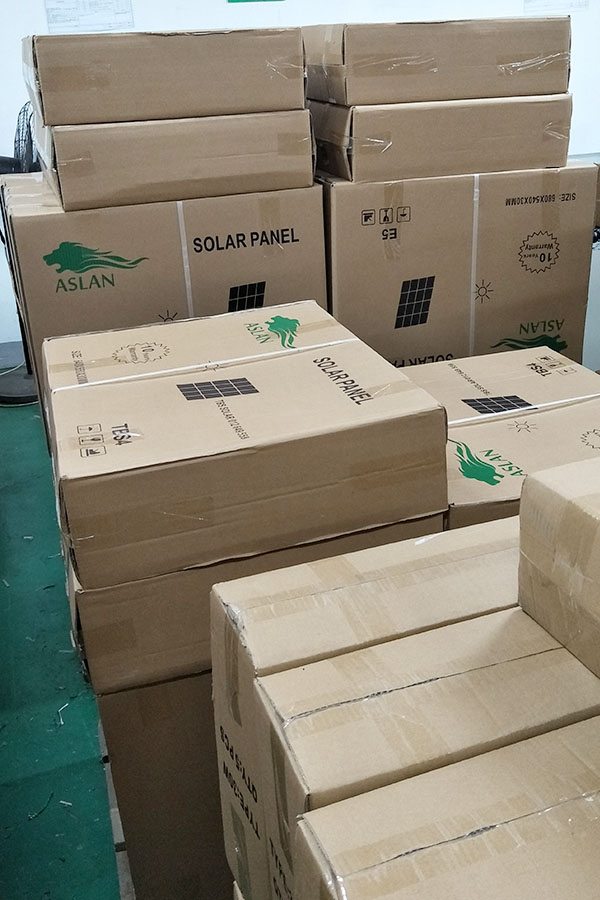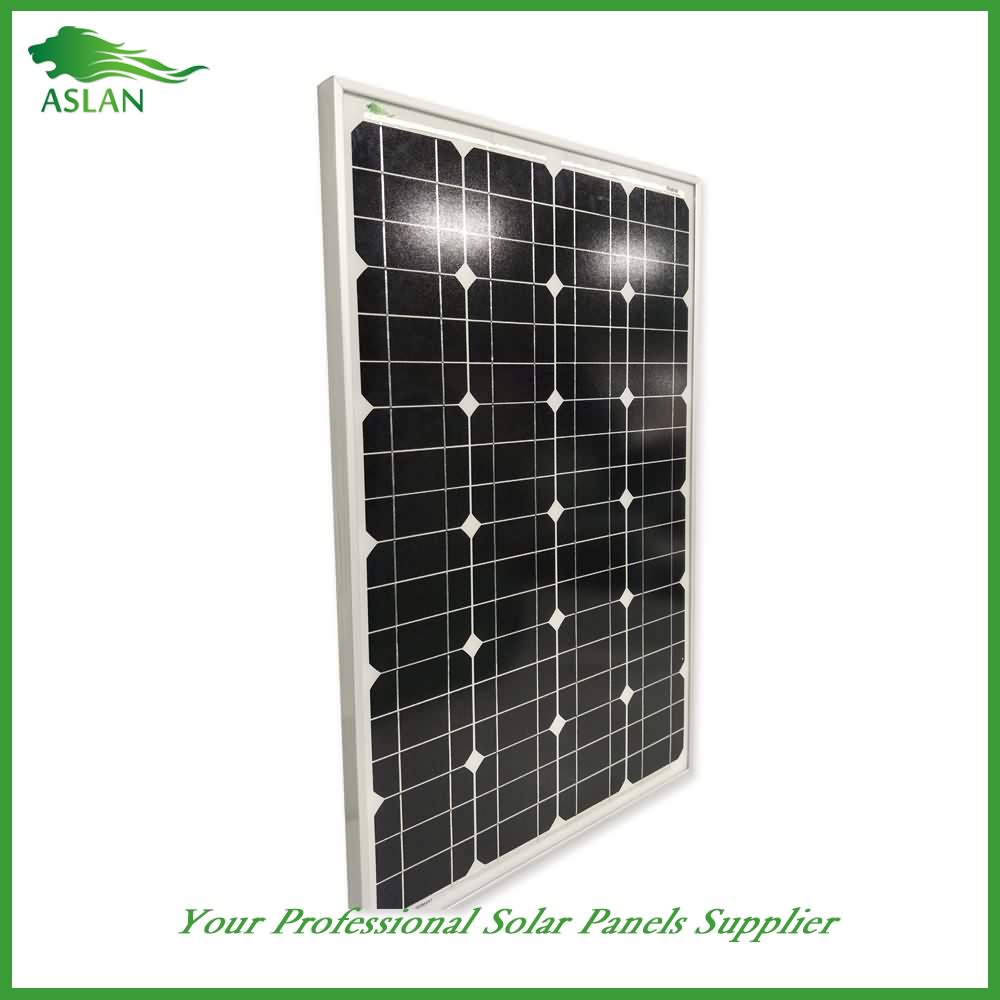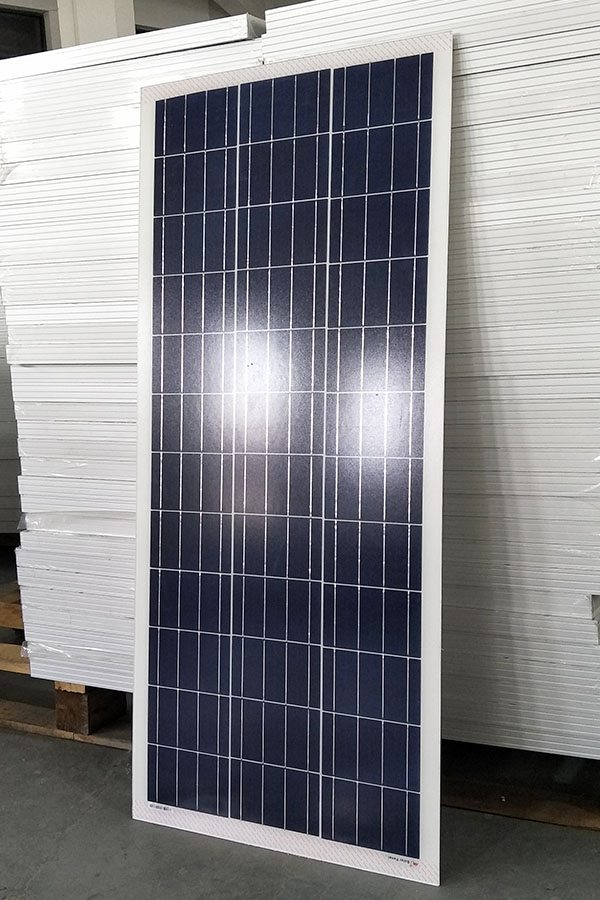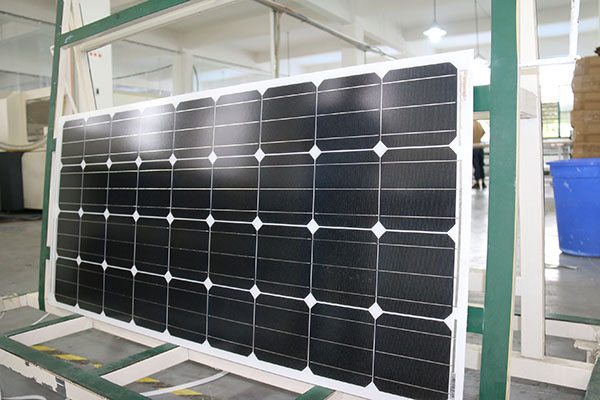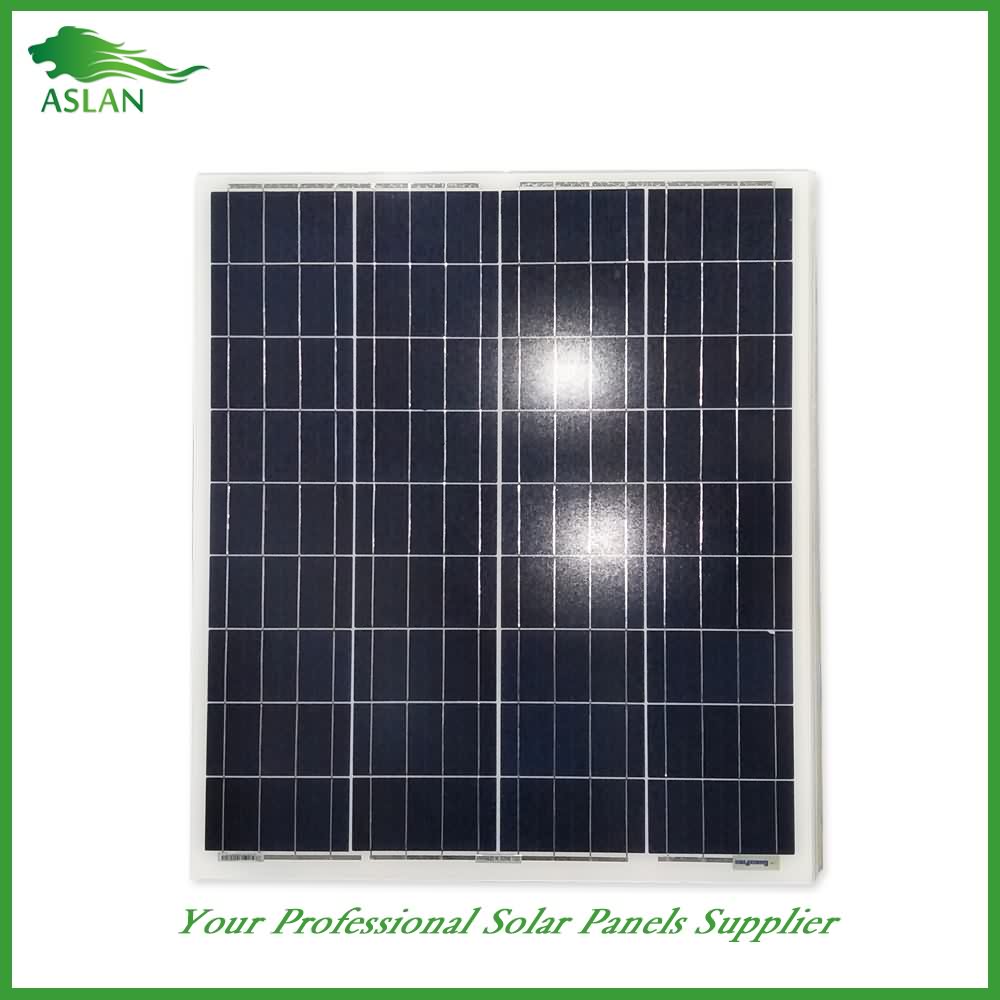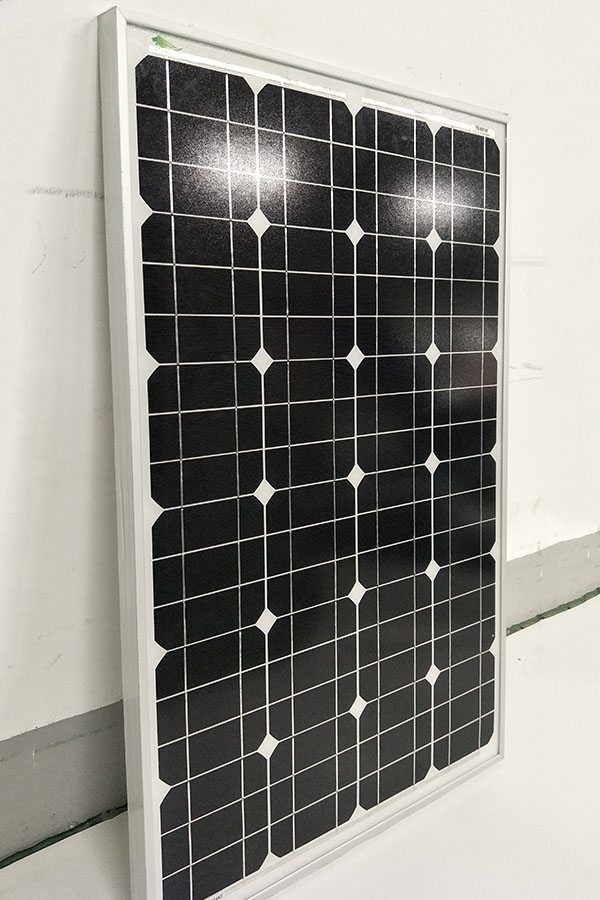15 Years Factory Mono-Crystalline 60W Solar Panel Niger Factory
Short Description:
We are convinced that with joint efforts, the business between us will bring us mutual benefits. We can assure you product quality and competitive price for 15 Years Factory Mono-Crystalline 60W Solar Panel Niger Factory, All the opinions and suggestions will be greatly appreciated! The good cooperation could improve both of us into better development!
Mono-Crystalline 60W Solar Panel
Technical parameter
Maximum Power(W) 60W
Optimum Power Voltage(Vmp) 18.46V
Optimum Operating Current(Imp) 3.25A
Open Circuit Voltage(Voc) 22.51V
Short Circuit Current(Isc) 3.57A
Mechanical Characteristics
Cell Type Mono-crystalline 125 x 83mm
No of Cell 36 (4x9pcs)
Dimensions 821x554x35mm
Weight 5.0Kg
Front Glass 3.5mm,High Transmission, Low Iron,Tempered Glass
Junction box IP65 Rated
Output Cable TUV 1×4.0mm2/UL12AWG,Length:900mm
Temperature and Coefficients
Operating Temperature(°C): -40°C ~ + 85°C
Maximum System Voltage: 600V(UL)/1000V(IEC) DC
Maximum Rated Current Series: 15A
Temperature Coefficients of Pmax: -0.47%
Temperature Coefficients of Voc: -0.389%
Temperature Coefficients of Isc: 0.057%
Nominal Operationg Cell Temperature (NOCT): 47+/-2°C
Materials of solar panel
1).Solar Cell——Mono-crystalline solar cell 125*83mm
2).Front Glass——-3.2mm, high transmission, low iron, tempered glass
3).EVA——-excellent anti-aging EVA
4).TPT——-TPT hot seal made of flame resistance
5).Frame——anodized aluminum profile
6).Junction Box——-IP65 rated, high quality, with diode protection
Superiority: high quality anodized aluminum frame, high efficiency long life, easy installation, strong wind resistance, strong hail resistance.
Features
1. High cell efficiency with quality silicon materials for long term output stability
2. Strictly quality control ensure the stability and reliability, totally 23 QC procedures
3. High transmittance low iron tempered glass with enhanced stiffness and impact resistance
4. Both Poly-crystalline and Mono-crystalline
5. Excellent performance in harsh weather
6. Outstanding electrical performance under high temperature and low irradiance
Quality assurance testing
Thermal cycling test
Thermal shock test
Thermal/Freezing and high humidity cycling test
Electrical isolation test
Hail impact test
Mechanical, wind and twist loading test
Salt mist test
Light and water-exposure test
Moist carbon dioxide/sulphur dioxide
Special Discount on ECO-WORTHY 1000 Watts Off Grid Solar Panel Kit. Click here to get it: http://amzn.to/2n9LRDj
For more deals check out http://www.GeekDealsUS.com
Net metering allows residential and commercial customers who generate their own electricity from solar power to feed electricity they do not use back into the grid. Many states have passed net metering laws. In other states, utilities may offer net metering programs voluntarily or as a result of regulatory decisions. Differences between states’ legislation and implementation mean that the benefits of net metering can vary widely for solar customers in different areas of the country.
What Is Net Metering?
Net metering is a billing mechanism that credits solar energy system owners for the electricity they add to the grid. For example, if a residential customer has a PV system on the home’s rooftop, it may generate more electricity than the home uses during daylight hours. If the home is net-metered, the electricity meter will run backwards to provide a credit against what electricity is consumed at night or other periods where the home’s electricity use exceeds the system’s output. Customers are only billed for their “net” energy use. On average, only 20-40% of a solar energy system’s output ever goes into the grid. Exported solar electricity serves nearby customers’ loads.
